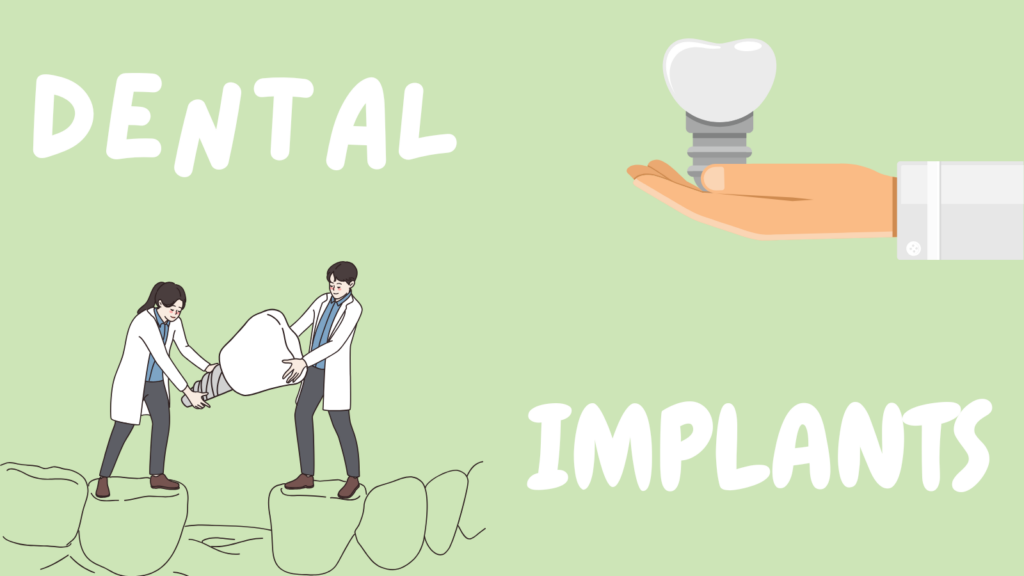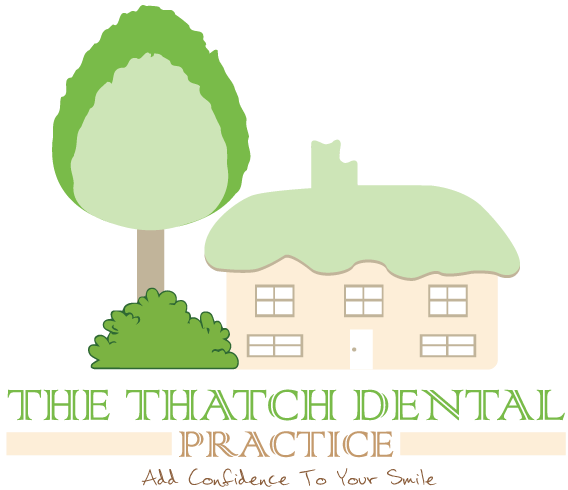

The Problem With The REAL COST OF LOSING ALL YOUR TEETH
Let’s be honest — losing all of your teeth changes everything. Eating, talking, smiling, even basic confidence suffer. The American College of Prosthodontists reports that more than 36 million Americans do not have any teeth, including about 120 million people missing at least one tooth. The most common route? Dentures. They’re the standby for many people due to the low upfront cost. But here’s the reality: they bring issues that don’t magically disappear over time — and if anything, get worse.
If you have worn dentures or known someone who has, you have seen the problems up close. Loose fit. Sore spots. Slurred speech. You can’t take a bite out of an apple or chew a steak well. That’s not just annoying — it impacts nutrition, social life and general health.
But what’s the real problem? Loss of jawbone. When there’s nothing to support it, the bone that once held the teeth in place begins to shrink. Research shows that people with traditional dentures lose up to 25% of their jawbone height in the first year after their teeth fall out. The result is a loss of facial shape, which can add years to the person’s experience, including the inability to ever wear dentures again.
Now here’s the real problem: the cost cycle that doesn’t seem to stop. Alterations, glue, replacements – they all add up. What seemed cost-effective at first becomes a waste of money over time.
Agitate: The Hidden Cost of Doing Less or Nothing
No one really tells you the other side of it when you lose teeth: Your oral health continues to get worse unless you do something that replaces both the teeth and the roots.
Let’s get a closer look through the lens of an actual patient story.
Case Study: Tom, 62Y/O Chicago Tom is a 6’3″ tall guy well over 6′ with a 40″ waist.
Gum disease caused Tom to lose all his teeth when he was in his late 50’s. He began with full mouth dentures, because like most, implants seemed to be way too expensive for him. At first, things seemed okay. But a year later, he began experiencing pain in his lower gums. His lower denture just wouldn’t stay in no matter how much adhesive he used. He no longer went out to dinner with friends for fear it would slip.
He had gone back to his dentist three times in two years for relines and adjustments. By the fourth year, he had to replace them altogether. But it didn’t address the root problem. His jawbone has wasted away, and no amount of fiddling can seem to get a good fit.
Tom’s story isn’t rare. According to the Journal of Prosthetic Dentistry, almost 50% of denture wearers are unhappy because their dentures are too loose, and don’t fit comfortably. A full set of implants may have been pricier up front, but it could have preserved four years of daily frustration for Tom — and, in the end, a second expense.
It’s not just bodily pain — it’s psychological, too. Research from the National Institutes of Health suggested that people who have lost all of their teeth are more likely to have depression and social withdrawal.
Here’s the truth: if you’ve lost all your teeth or your current treatment isn’t working and you choose to do nothing or stay with dentures, it could be the most expensive decision you can make when it comes to your health.
Solution: Full Set of Dental Implants – A Healthy, Lifetime Solution With one procedure to place the mini dental implants and another to place the denture, you would be on your way to a confident smile that functions as good as it looks.
Let’s cut through the fluff. A mouthful of dental implants isn’t purely cosmetic. It’s a practical, medical solution to one of the more serious problems the body throws at you: complete toothlessness.
So what do we mean?
A complete set of dental implants is generally one of the following:
Overdentures (Otherwise known as snap-on dentures)
All-on-4® dental implants
All-on-6 or All-on-8 systems
Both require titanium implants that are surgically inserted into the jawbone to support a full arch of teeth—upper, lower, or both. These are not removable as traditional dentures are. They don’t click around, they offer actual bite strength and, most importantly, they help stop the bone loss.
The Science Behind It
The reason dental implants work is that they look and work just like the root of your teeth. When titanium roots are inserted into the jawbone, the bone meshes around them in a process known as osseointegration. This keeps the bone stable and eliminates the atrophy experienced with conventional dentures.
A single study that was published in the International Journal of Oral & Maxillofacial Implants demonstrated that implant-retained full-arch prostheses were associated with a success rate greater than 95% over a period of 10 years. That’s a tough act to follow with demonstrations of stability.
Another, large-scale review published in the Journal of Clinical Periodontology in 2020 addressed over 12,000 dental implants and reported long-term full-arch success rates were 94.2%. That’s not marketing hype — that’s cold, hard data.
Case Study: Angela, A 58-Year-Old from Phoenix
Angela, aged 58, was taken aback one day when she suddenly experienced sharp chest pain
Facing severe tooth decay, Angela had lost her upper teeth. Opting for an All-on-4 treatment, which utilized four implants to support a full arch bridge, her entire treatment process spanned approximately six months, covering the healing period and finalizing her smile. The cost of the procedure for the upper arch amounted to roughly $25,000.
Five years down the line, Angela continues to relish cooking. She enjoys a diverse range of foods without encountering any issues, feeling as though she has reclaimed her original set of teeth.
Her aftercare routine is straightforward: regular brushing, flossing under the bridge, and routine check-ups. While she will need to be mindful of her dental implants for the rest of her life, she finds this maintenance significantly preferable to the nightly adhesive application and soaking required during her time with dentures.
Not only did she restore her smile; she regained control over her life.
If you are considering getting full-mouth dental implants, it is important to understand the costs involved. In the United Kingdom, the average prices for different types of implants in 2024 are as follows:
* Fixed dentures (on teeth or implants): $15,000–$25,000 per arch
* All-on-4 implants: $20,000–$35,000 per jaw
* All-on-6/8 implants: $30,000 to $50,000 per arch (cost varies based on complexity and materials)
These costs typically include expenses for surgery, temporary teeth, final bridge, and follow-up appointments. There are options available such as financing plans, dental savings plans, or Health Savings Accounts (HSAs) to help make payments more manageable.
When comparing these expenses to the lifelong cost of replacing traditional dentures every 5-7 years (including adhesives, adjustments, and relining), it becomes evident that implants offer long-term value.
“If you are interested in obtaining a complete set of dental implants, feel free to reach out to us. Upon assessing the condition of your mouth, we will provide you with details regarding the cost of the dental implant procedure.” The Thatch Dental Practice
The Procedure
Types of Full Mouth Implant Treatment Most full-mouth implant treatments are carried out in stages:
Consultation & imaging (CBCT scans, impressions), $75 to be credited back to you.
Same-day or staged implant surgery
Recovery (up to 3–6 months for osseointegration)
Final prosthesis placement
Some centers offer teeth in a day services using temporary bridges, which means you are functional immediately after surgery. It all depends on the health of the bone.
Who’s a Candidate?
Not all are a fit right out of the gate, but many are eligible with proper preparation. You may need:
Bone Grafting or Sinus Lifts (if substantial bone loss)
Care in treatment of gums – i.e. to clean infected areah).
Medical clearance (such as with diabetes, osteoporosis)
Even people in their 70s or 80s may be eligible. It’s not age, so much, as bone density that matters.
The Results: The performance, not the junk, and the true quality of life
More than just replacing missing teeth, dental implants. They restore your capacity to chew, speak properly and smile without trepidation. Nothing about slipping dentures, ulcers or steering clear of hard food. And maybe most important — you prevent your jawbone from continuing to deplete.
Here is what the data says:
Patients who had full-arch implants had a 300 percent improvement in chewing ability compared with those wearing dentures, according to a study in the Journal of Oral Rehabilitation.
OHIP-14 satisfaction scores were significantly better; patients had much better comfort, speech and self-esteem.
Studies with longitudinal design report lower nutritional deficiencies and cravings among implants users compared to denture users, specifically in protein and fiber variable consumption.
In other words, implants do not just fix your mouth — they replace your life.
Final Thought: Is It Worth It?
But a full set of dental implants is a significant investment, so the actual question remains: Are dental implants worth it?
If you value lifelong health, predictable function, and not having to pay for and suffer through dentures over and over again — then absolutely. It may seem like a steep initial outlay, but the daily life benefits are tangible — and you can add faster internet and still stay under the traditional cable budget.
No solution is perfect. You will still need to maintain your implants, continue to visit the dentist and protect your new teeth from grinding or smoking, among other habits. But unlike traditional dentures, implants provide a stable solution. And one that doesn’t simply address the problem — it eliminates it at the source (literally).
YOUR OPTIONS: Where to Go From Here If You Are Moving Forward With Full Mouth Dental Implants
(A CONSULT) See the prosthodontist or oral surgeon Back to top Scheduled X-ray screening to evaluate peri-implant radiolucency.
Request a 3D scan to verify how much bone exists
Long-term costs: Look beyond upfront charges
Request to see actual patient experiences and outcomes
This choice is too huge to guess. What you need is facts, options and some real talk from someone who knows what she’s talking about. No matter if you’re 40, 60, or even an octogenarian—having all of your teeth replaced with implants will give you both the function and confidence that dentures remain unable to deliver.







